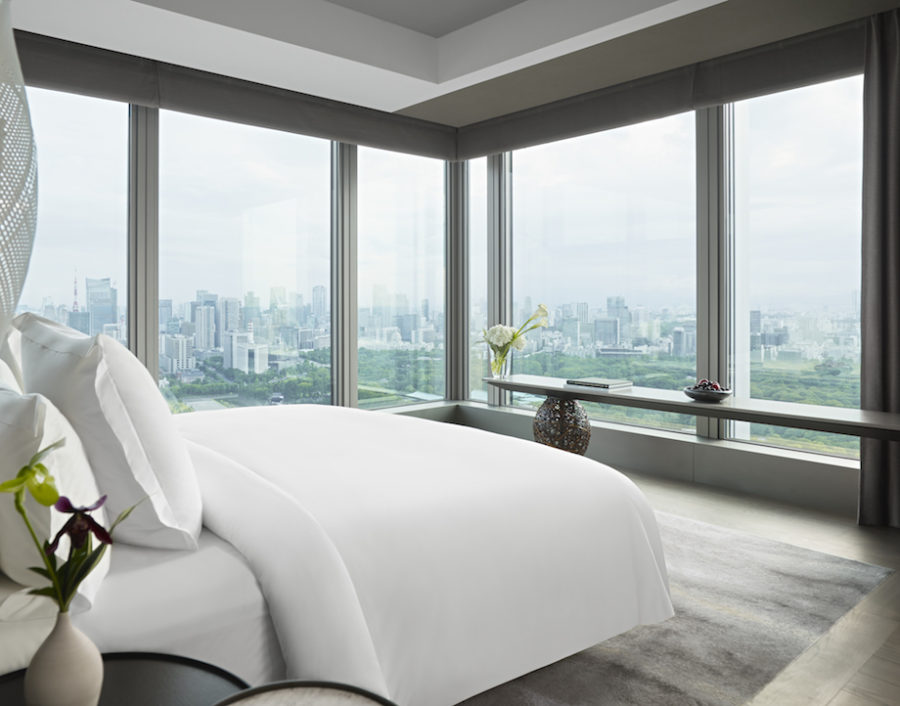
CULTURE


© James Lin, Yu Cheng Lin
日本とその後の中国国民党政権の統治を経た台湾の村に建つ〈Fang Gen Fa Coffee Bar〉は、その村に整備された初期の住宅に見られるプライバシーの確保と隣人とのつながりを生み出す「壁」をキーワードに設計されたニューススタンドです。
「壁」という建築要素を用いて、新聞、コーヒー、屋外空間を統合した場所をつくり出し、新聞が吊り下げられた炭化コルク壁の外壁では、台湾と世界の異なる視点を共有しています。インターネットというバーチャルな世界で人と人がつながる現代において、ニューススタンドの可能性を改めて模索したプロジェクトです。台湾の屏東県を拠点に活動する Atelier Boterが設計しました。
(以下、Atelier Boterから提供されたプレスキットのテキストの抄訳)

© James Lin, Yu Cheng Lin

© James Lin, Yu Cheng Lin
「壁」が紡ぐ人と人とのつながり
屏東眷村(眷村(じぇんつぅん):政府の兵士が住む村)は、1920年に日本軍の屏東飛行場が設立されたことを機に整備された。
日本による統治とその後の中国国民党政権の統治を経た、100年以上の歴史をもつこの村は、日常の風景から姿を消したニューススタンドをどのように迎え入れるのだろうか。

© James Lin, Yu Cheng Lin

© James Lin, Yu Cheng Lin
私たちは「壁」という建築要素を用いて、新聞、コーヒー、屋外空間を統合する実験を行った。治安の悪い社会的な風潮の中で建てられた初期の眷村の低層住宅は、それぞれが高さ1.6mの塀を住居の境界線としていた。
塀はプライバシーを確保するのに十分な高さでありながら、屋内の床の高さからは世帯同士が視覚的に交流できるようになっていた。このような「壁」は、人々がつながり合い、互いを大切にする文化を有した時代を象徴している。
眷村のとある住宅の裏庭に建てられたニューススタンドの新しい「壁」は、インターネットというバーチャルな世界が挑戦している人と人とのつながりを、あらためて問い直すことを意図している。

© James Lin, Yu Cheng Lin

© James Lin, Yu Cheng Lin
村の文化を反映する、新聞が吊るされたコルク壁
〈Fang Gen Fa Coffee Bar〉は斜めのT字型の2つの壁で構成されており、壁と壁が交差する部分には開口部を設けた。2つの壁が交わる角度を80度とし屋外空間の面積を広くすることで、ニューススタンドとしての役割に応えている。
敷地の奥側に広がる裏庭に入った際に、ニューススタンドの建物を通して眷村の文化がさらに感じられることを期待して、内側の屋根を低くすることで壁の表情を強調している。

Master Plan

© James Lin, Yu Cheng Lin
ファサードには炭化コルク板を使用し、熱帯の台風を伴う暑い夏を想定した断熱性と疎水性をもたせている。仮設の建物には、このような100%リサイクル可能な素材が好まれる。
さまざまな植物に囲まれた裏庭では、コルクのファサードがニューススタンドを違和感なく空間に溶け込ませており、コルクの壁には新聞が吊るされ、台湾と世界の異なる視点を共有している。

© James Lin, Yu Cheng Lin
台湾らしさを宿しつつ利用シーンにフレキシブルに対応する屋外家具
伝統的な台湾の宴会でよく使われるシザーレッグをさらに発展させ、屋外スペースのコーヒーテーブルのベースとして使用した。従来のステンレス製スツールを再構築し、シザーレッグに取り付けることで、高さ調節が可能で簡単に取り外せるテーブルトップとしている。
また、特注のステンレス製アクセサリーは、シザーレッグに花瓶立てとして使用され、キャンプでよく使用されるピッグテールによりサポートされている。これは、ゲストの人数や天候に対応できるよう家具の調整可能性を最大限に活かし、何気ない物を新しい世代のための日常的なオブジェへと変えることを意図している。

© James Lin, Yu Cheng Lin
忙しい日はコーヒーをテイクアウトしつつテーブルを立ちやすい高さに調整し、ゆっくりとした朝にはテーブルを下げ、座って新聞を読むことができる。
誰もが歩き回れるこの自由でカジュアルな空間で、新たな「壁」から立ち上がる古い空間は、新旧の違いをゆっくりと縫い合わせるかのようである。

© James Lin, Yu Cheng Lin

© James Lin, Yu Cheng Lin

© James Lin, Yu Cheng Lin

© James Lin, Yu Cheng Lin

© James Lin, Yu Cheng Lin

Site Plan
以下、Atelier Boterのリリース(英文)です。
Fang Gen Fa Coffee BarProject location: Pingtung City, Taiwan
Completion Year: 2023
Built Area: 7.9m²
Studio Name: Atelier Boter
Studio Website: https://architizer.com/firms/atelier-boter/
Project Designers: Chung Kai Hsieh, Yu Cheng LinHow would a more than 100 year old Pingtung Military Village, that went under Japanese rule and the former Nationalist government, welcome a newsstand that has disappeared in the daily streets? For a context that integrates newspapers, coffee and outdoor space, we proposed a field experiment of “walls”.In the early low-rise residential form in a social atmosphere of poor public security, the houses in the military village had 1.6-meter-high walls as residential boundaries. The walls are high enough to provide privacy but still allow households to have visual access to each other from their elevated interior floor. Such walls define a civilized era in which people were connected and take care of each other. The new walls of the newsstand, erected in the backyard of one of the houses in the military village, intend to re-examine the connection between people that is challenged by the virtual world of internet.The two walls are placed in a slanted “T” form. Where the walls intersect is an opening to create connection between the two sides. The 80 degrees between the two walls gives more area to the outdoor space, which responds to the role of the newsstand in the context. The roof on the inner side is lowered and concealed, in order to emphasize the expression of the walls, in anticipation that when one enters the backyard, the military village culture can be furtherly discerned through the building of the newsstand.Carbonized cork boards are used on the facade for heat insulation and hydrophobicity for the hot summers that are often accompanied by tropical typhoons. For a temporary building, such 100% recyclable material is what we should favor. In the backyard surrounded by a variety of plants, the cork facade integrates the newsstand into the context effortlessly. Newspapers are hung on the cork wall, sharing different perspectives from Taiwan and the world.Scissor legs commonly used at traditional Taiwanese banquets are further developed and used as a base for the coffee tables in the outdoor space. Conventional stainless-steel stools are restructured and attached on the scissor legs as a height-adjustable and easily-detachable tabletops. Custom made stainless steel accessories are also used as vase holders on the scissor legs, with the support of commonly used camping pigtails. We intend to turn ordinary objects into a possibility of everyday objects for the new generation, and maximize the adjustability of furniture according to the numbers of guests and weather condition.In the morning, on the way to work, she buys flowers before heading to the newsstand. Today is a busy working day, she sets up some tabletops to a height for standing to echo the convenience of take out coffee, and lowers some tabletops for the guests to sit down for newspapers in a slow morning. In this free and casual space for everyone to walk around, the old space standing up from the new walls seems to be slowly stitching up the difference between the old and the new.
Atelier Boter 公式インスタグラム
https://www.instagram.com/atelierboter/









